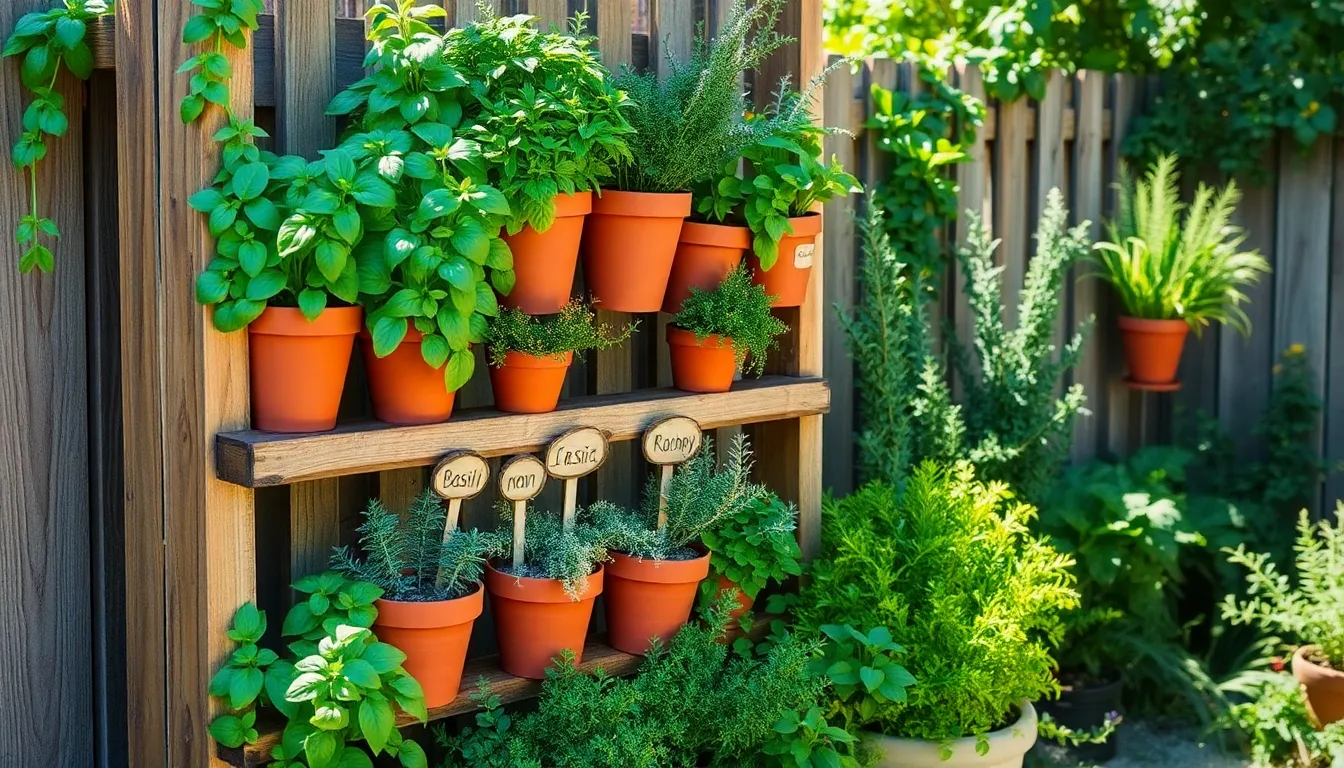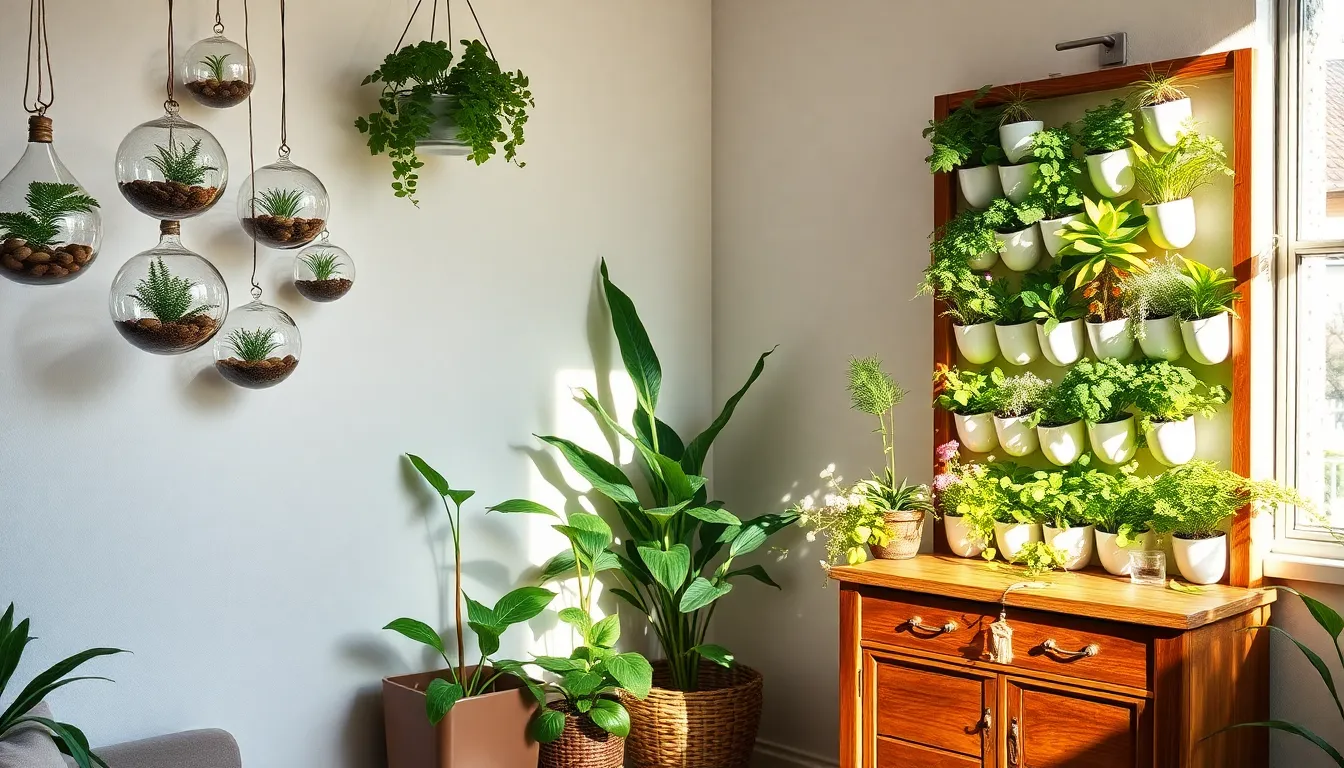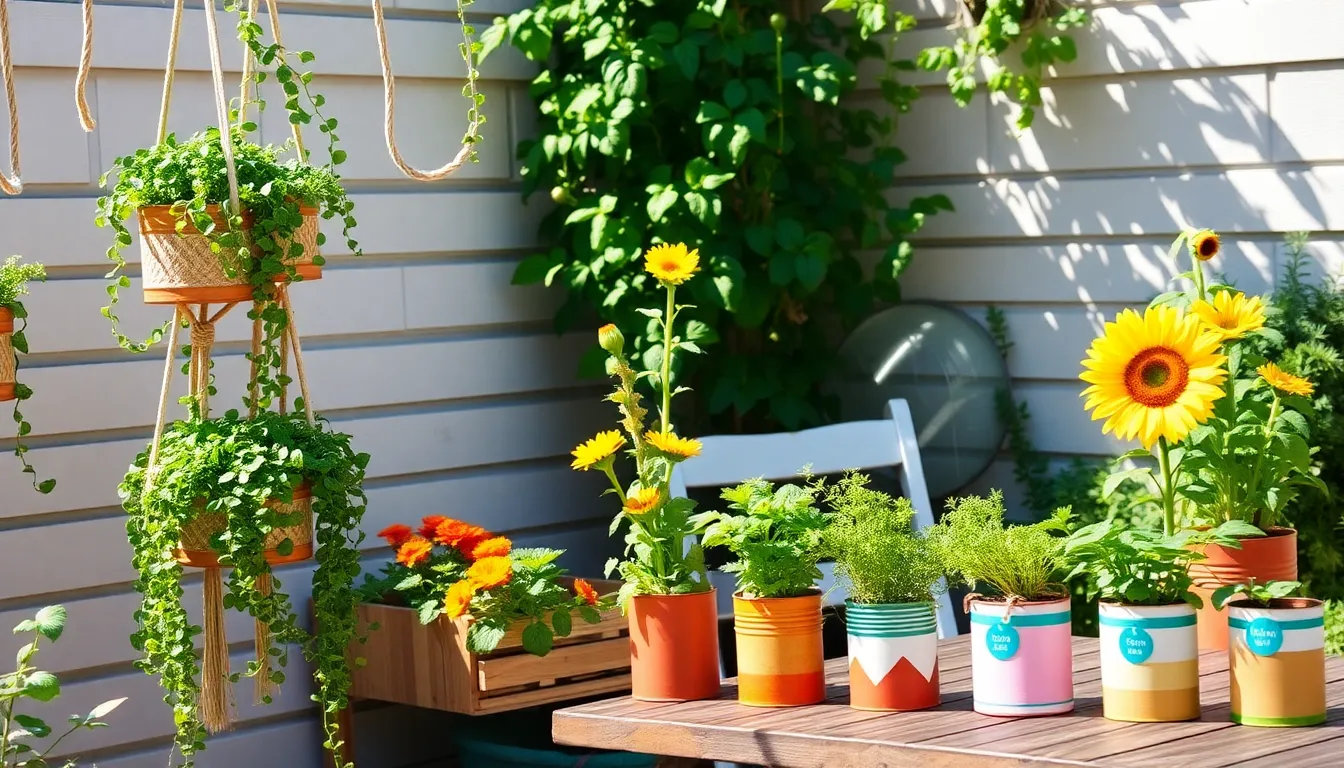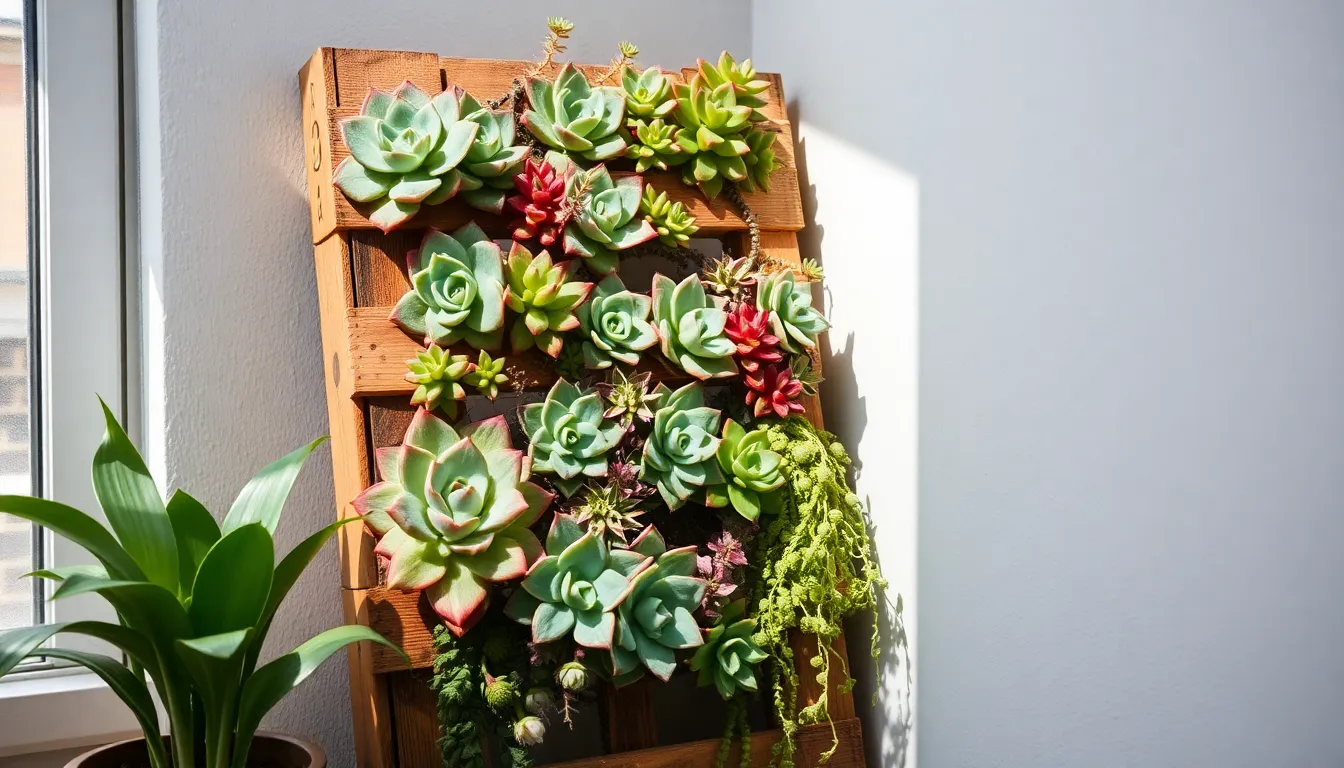Imagine stepping into your backyard or balcony and being greeted by a cascading wall of vibrant greens and aromatic herbs. This is the magic of a vertical herb garden, a space-saving wonder that brings the joy of gardening to any home, regardless of size. Whether you are a novice gardener or a seasoned green thumb, creating a vertical herb garden is an exciting adventure that blends creativity with practicality. It’s a project that not only transforms your living space but also enriches your culinary experiences with fresh flavors right at your fingertips.
For those new to gardening, the idea of going vertical might seem daunting, but fear not—this guide will walk you through each step with ease. You’ll learn how to choose the right herbs that thrive vertically, select suitable materials for your structure, and master the art of caring for your new garden. Experienced gardeners will find delight in discovering innovative techniques to enhance their existing setups and perhaps uncover a newfound appreciation for these compact, lush displays. Together, we’ll explore the possibilities of transforming any wall or fence into a living tapestry of fragrance and foliage, making gardening both accessible and rewarding for everyone.
Select a Suitable Location
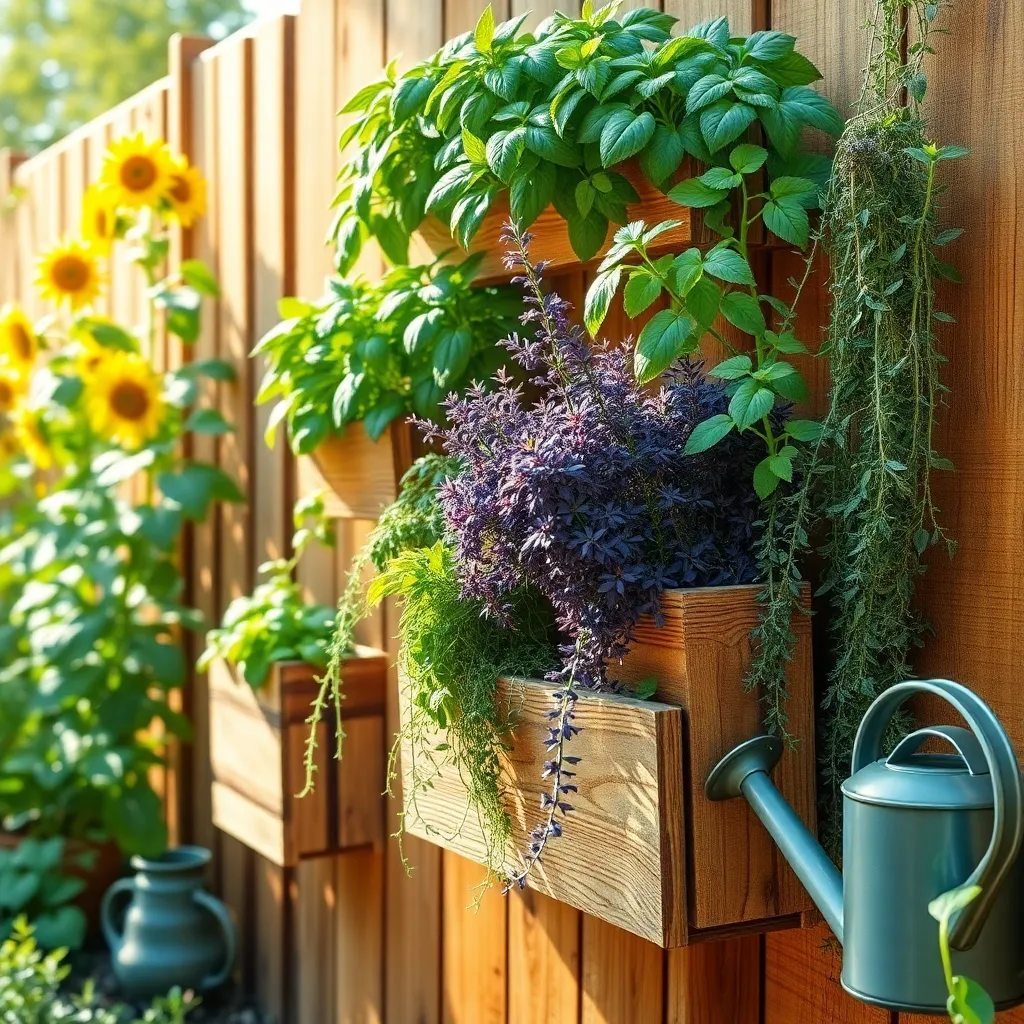
Finding the right location for your vertical herb garden is crucial for success. Consider the amount of sunlight available, as most herbs thrive in full sun, which means at least six hours of direct sunlight each day.
Ensure the spot you choose is easily accessible for watering and harvesting. A location near a water source will make it easier to maintain a consistent watering schedule, which is vital for healthy herb growth.
For beginner gardeners, placing your vertical garden near a kitchen door can be both practical and inspiring, as it encourages frequent use. Experienced gardeners might consider the microclimates within their yard—areas that are slightly warmer or cooler, which can be advantageous for different herb varieties.
Soil quality is another key factor; if your vertical garden is freestanding, make sure to use a high-quality potting mix. Adding organic matter such as compost can improve water retention and nutrient content, benefiting your herbs directly.
- Tip for Beginners: Start with easy-to-grow herbs like basil, mint, and chives in a sunny location.
- Advanced Tip: Experiment with positioning to create a dynamic garden that maximizes light exposure and airflow.
Choose Vertical Garden Structure
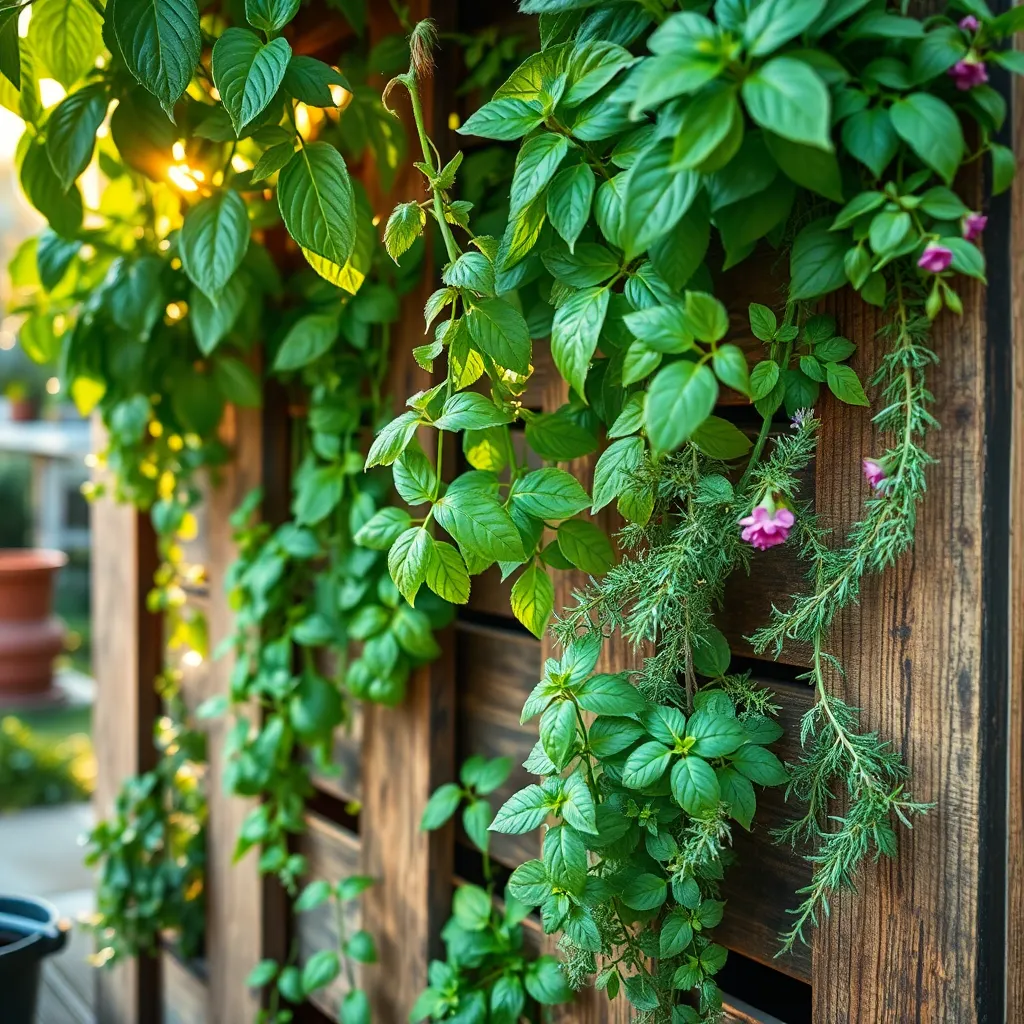
Choosing the right vertical garden structure is crucial for a successful herb garden. Consider the available space and the types of herbs you want to grow.
There are various structures to choose from, such as wall-mounted panels, tiered planters, or hanging pockets. Wall-mounted panels are excellent for limited spaces, allowing you to grow vertically without consuming ground area.
If you prefer a more versatile option, tiered planters allow you to cultivate a variety of herbs. They provide easy access for watering and harvesting, making them ideal for beginners.
For those looking for a creative approach, hanging pockets can be a space-saving solution. These pockets are perfect for herbs with smaller root systems, such as thyme or parsley, and add an aesthetic appeal to your garden.
Ensure that the chosen structure provides adequate support and drainage. Proper drainage prevents waterlogging, which is essential for healthy root development and plant growth.
It’s important to match the structure with your gardening needs and climate conditions. Consider factors like sunlight exposure and wind protection to ensure optimal growth for your herbs.
Prepare Soil and Containers
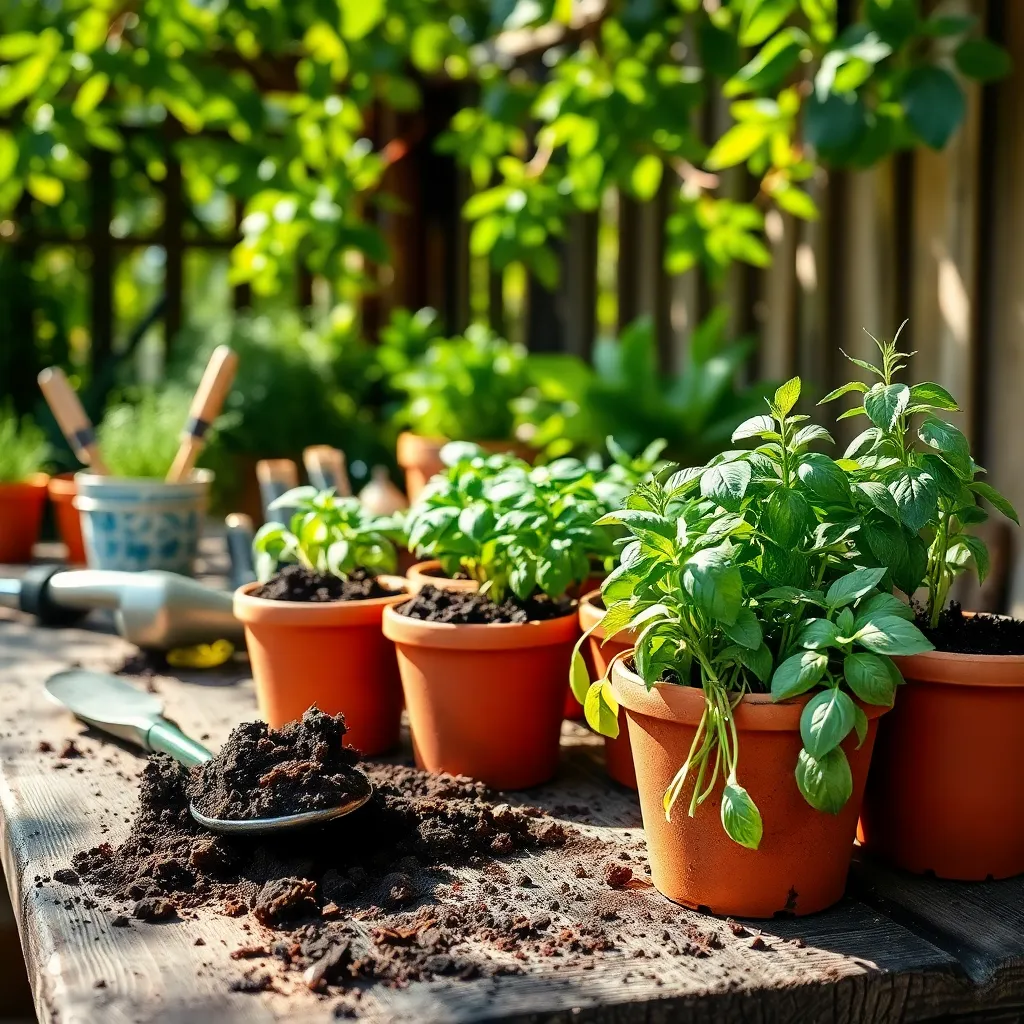
To ensure your vertical herb garden thrives, start by selecting the right soil mix. Use a well-draining potting soil tailored for herbs, which often includes a mix of peat, perlite, and vermiculite.
Before planting, fill your containers, ensuring they have adequate drainage holes to prevent waterlogging. This is crucial because herbs like rosemary and thyme prefer drier conditions and can suffer if their roots are consistently wet.
Consider adding a layer of gravel or small stones at the bottom of your containers. This extra step improves drainage and can help maintain the right moisture levels for your herbs.
For an advanced touch, incorporate a slow-release fertilizer into your soil mix. This ensures your herbs receive consistent nutrients, promoting healthy growth and a more bountiful harvest.
Regularly check the soil moisture by sticking your finger about an inch into the soil. If it feels dry, it’s time to water your herbs; aim for a consistent watering schedule, usually once a week, adjusting based on the season and humidity levels.
Plant Selected Herb Varieties
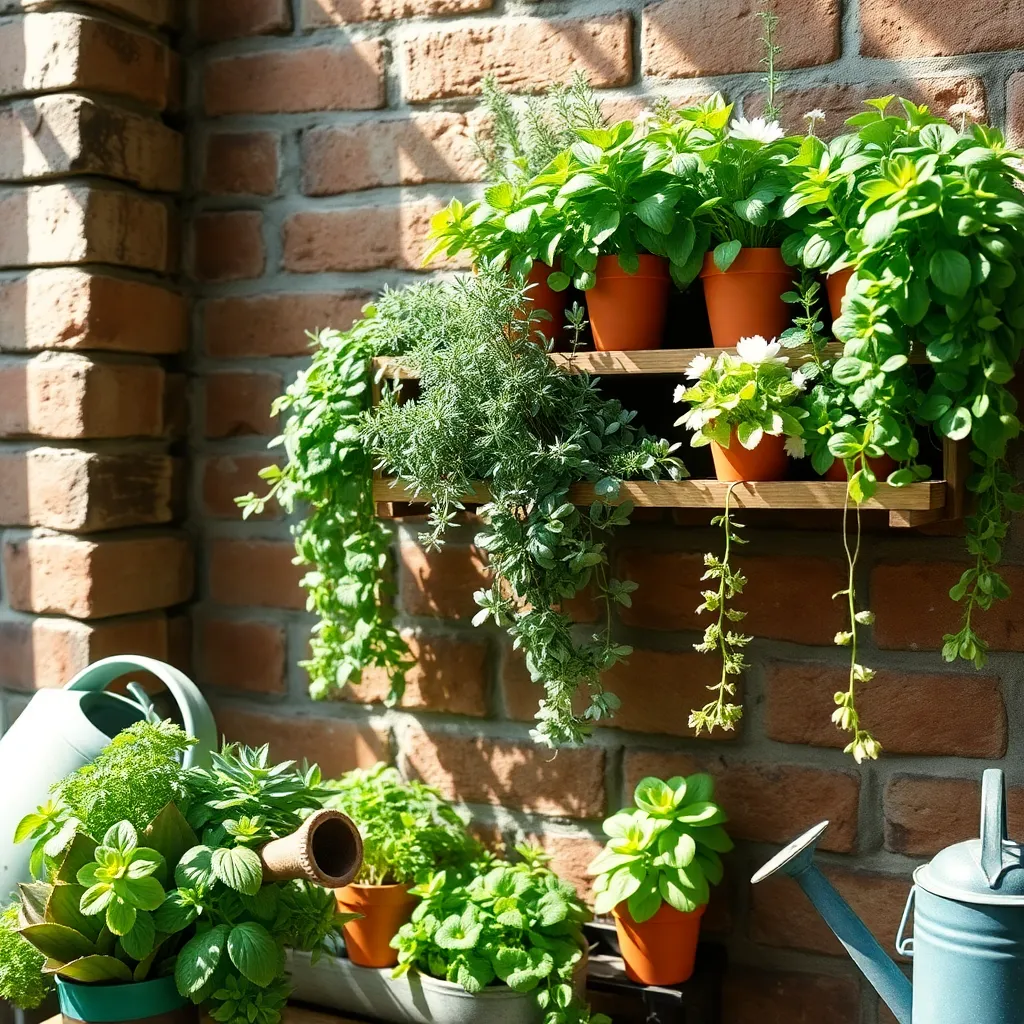
Once your containers are ready, it’s time to select the herbs you wish to grow. Choose herbs that match your culinary preferences and the environmental conditions of your garden space.
Many gardeners start with popular options like basil, mint, and parsley due to their versatility and ease of growth. If you’re an experienced gardener, consider adding more challenging herbs like tarragon or marjoram to your vertical garden.
Sunlight requirements are crucial; most herbs thrive in full sun, so aim to position your vertical garden where it receives at least six hours of sunlight daily. However, if your space is limited to partial shade, opt for shade-tolerant herbs like chives or cilantro.
When it comes to soil, use a well-draining mix enriched with organic matter to support healthy growth. For those in humid climates, adding a layer of mulch on top of the soil can help retain moisture and prevent the roots from rotting.
Watering is vital, especially for herbs in containers, as they tend to dry out more quickly than those in the ground. Regularly check soil moisture by sticking your finger about an inch deep into the soil; if it’s dry, it’s time to water.
Consider planting herbs with similar water needs together to simplify your care routine. For an advanced touch, experiment with companion planting—pairing herbs like basil and tomatoes can enhance flavors and deter pests.
Implement Watering and Care Routine
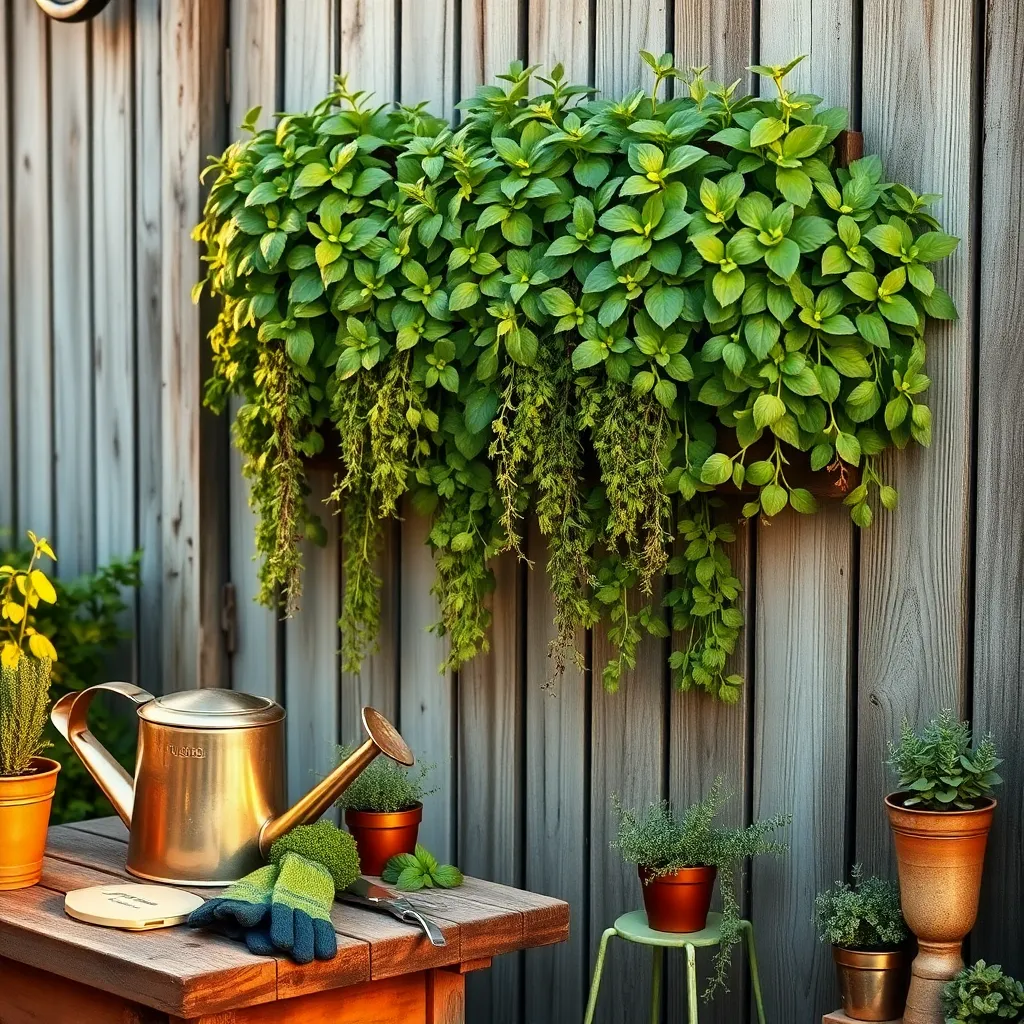
Implementing a consistent watering and care routine is crucial for the success of your vertical herb garden. Each herb variety may have slightly different needs, so it’s important to tailor your approach accordingly.
Start by understanding the water requirements of your chosen herbs. For instance, basil prefers consistently moist soil, while rosemary thrives with less frequent watering as it prefers drier conditions.
Use well-draining soil to prevent root rot, which is a common issue in vertical setups. A mix of potting soil with added perlite or sand can enhance drainage and keep your herbs healthy.
Consider installing a drip irrigation system for ease of maintenance, especially if you have multiple tiers or containers. This method ensures even water distribution and helps avoid waterlogging, which can be detrimental to herb root systems.
Regularly check the moisture level of your soil by sticking your finger about an inch deep into it. If it feels dry, it’s time to water, but if it’s still moist, hold off to prevent overwatering.
Remember to also provide your herbs with sufficient light, as most varieties require at least 4-6 hours of sunlight daily. If natural light is limited, consider supplementing with grow lights to ensure robust growth and flavor.
Conclusion: Growing Success with These Plants
In the journey of creating your vertical herb garden, we’ve explored five vital relationship concepts: communication, patience, nurturing growth, adaptability, and shared goals. Just as a garden thrives on clear communication and understanding, so too do relationships flourish when partners express their thoughts and emotions openly. Patience is key, as both plants and partnerships need time to mature and develop. Nurturing growth involves attending to each other’s needs, fostering an environment where both can thrive. Adaptability allows you to weather changes together, just as you adjust to the seasons in your garden. Finally, shared goals ensure you’re working towards a common future, much like planning your garden’s layout.
To put these principles into practice, choose one area in your relationship that could benefit from more attention and take a small step today towards improvement. Perhaps it’s planning a shared activity or setting aside time for meaningful conversation.
Don’t forget to bookmark this article for future reference, as these foundational principles will guide you through various seasons of your relationship. As you cultivate your garden, remember that the effort you invest today lays the groundwork for a flourishing relationship tomorrow. Embrace the journey, and watch your partnership bloom.

